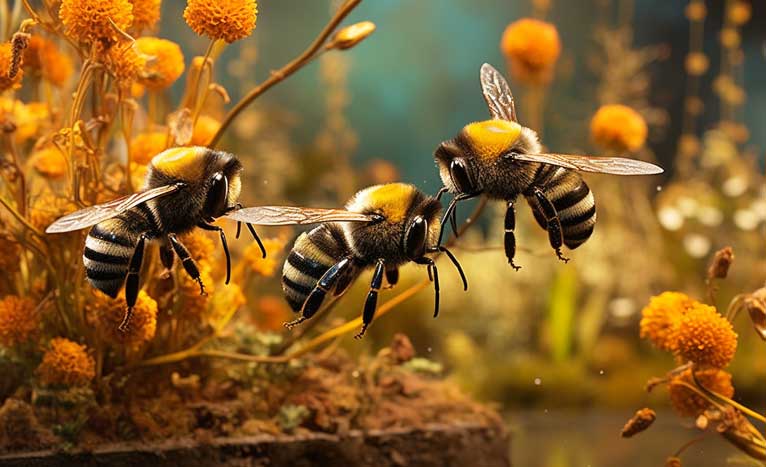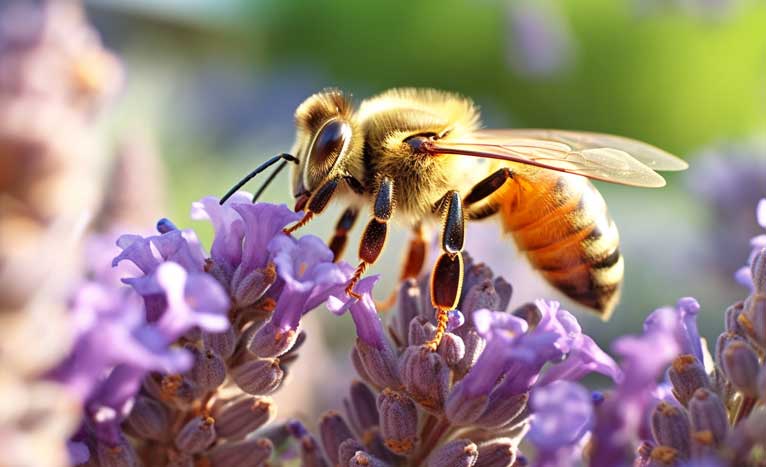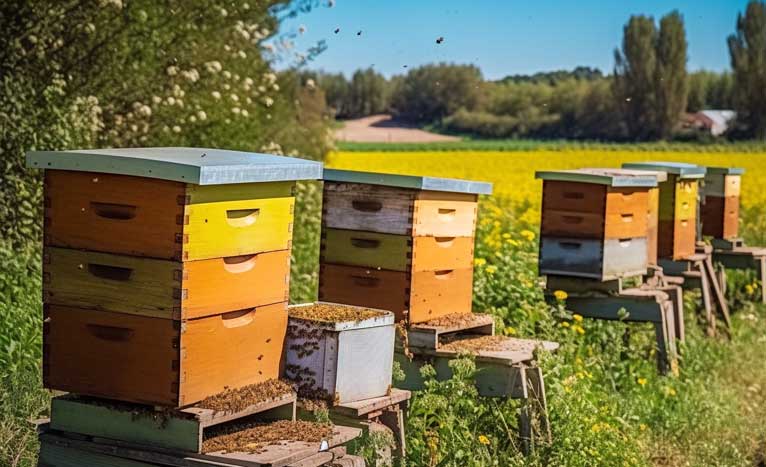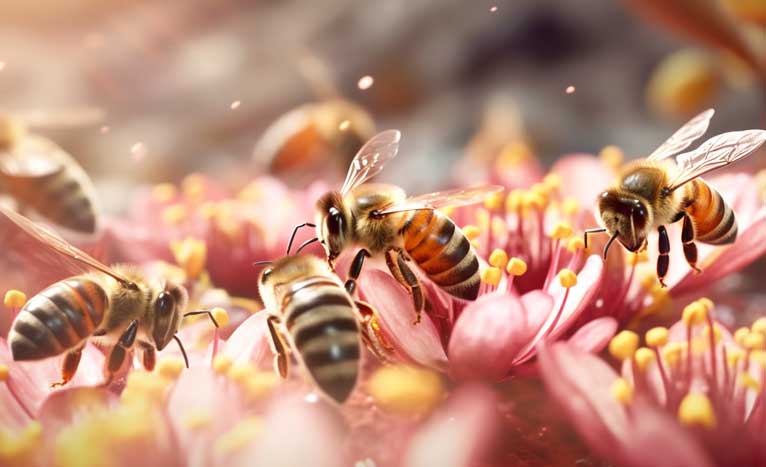Beekeeping is a rewarding and fascinating hobby that has gained popularity in recent years. However, for beginners, choosing the right breed of bees can be a daunting task. In this article, we'll discuss some of the best breeds of bees for beginners and help you choose the right breed for your beekeeping journey.

Italian Bees
Italian bees are one of the most popular breeds of bees for beginners. They are known for their gentle temperament and productivity. Italian bees are also less likely to swarm than other breeds, making them a great choice for backyard beekeeping.
Italian bees are known for their ability to forage in cooler temperatures, making them a great choice for areas with variable weather. They are also resistant to diseases like American foulbrood, which can be a concern for beekeepers.
This spring, I got two NUCs of Italian bees and it’s true—they are gentle! At first, they were not happy when I was moving their frames into their new hives, but they have calmed down. I have spent plenty of time sitting by their hives and they are a peaceful breed. I love my Italian bees.

Carniolan Bees
Carniolan bees are another popular breed for beginners. They are known for their hardiness and resistance to cold weather. Carniolan bees are also great foragers and are able to build up their colony quickly in the spring.
Carniolan bees are known for their gentle temperament, making them a great choice for beginners who may be nervous around bees. They are also resistant to pests and diseases like varroa mites and chalkbrood.
Carniolan bees were my first breed of bees. I got two packages of Carniolans, and sadly, one didn’t make it through the winter. One hive died due to mites and ventilation issues, but their legacy lives on through the new Carniolan hive that is utilizing the honey and comb they left behind. I can confirm that they are calm and a gentle honeybee. They do build their hives up fast and are wonderful foragers.

Russian Bees
Russian bees are a hardy breed that is known for their resistance to pests and diseases. They are also able to forage in cooler temperatures, making them a great choice for areas with variable weather. Russian bees are known for their calm temperament, which makes them a great choice for beginner beekeepers.
One of the main advantages of Russian bees is their resistance to varroa mites, which can be a serious threat to honeybee populations. They are also able to produce honey in colder climates, making them a great choice for beekeepers in northern regions.

Buckfast Bees
Buckfast bees are a hybrid breed that was developed by Brother Adam of Buckfast Abbey in England. They are known for their productivity and gentleness, making them a great choice for beginners. Buckfast bees are also able to forage in colder temperatures, making them a great choice for areas with variable weather.
Buckfast bees are resistant to pests and diseases like varroa mites and are able to build up their colony quickly in the spring. They are also known for their ability to produce large amounts of honey, making them a great choice for beekeepers who want to harvest honey.
Factors to Consider When Choosing a Breed
When choosing a breed of bees for your beekeeping operation, there are several factors to consider. Here are some important things to keep in mind:
Temperament
The temperament of a breed is an important consideration, especially for beginners. Gentle bees are easier to work with and less likely to sting. Italian, Carniolan, and Buckfast bees are all known for their gentle temperament, while Russian bees are known for their calmness. I definitely wanted to have a calmer breed of bees around my homestead for my safety and for my animal’s safety.
Foraging Ability
Foraging ability is another important factor to consider. Some breeds are better suited to foraging in colder temperatures, while others are better suited to warmer climates. Italian bees are able to forage in cooler temperatures, while Russian bees are able to forage in colder climates. To me, the ability to forage in colder climates and temperatures is important because I live in a cold area!
Disease Resistance
Disease resistance is a crucial consideration for all beekeepers, but especially for beginners. Some breeds are more resistant to common diseases like varroa mites and American foulbrood. Italian and Carniolan bees are both resistant to American foulbrood, while Russian bees are resistant to varroa mites.
My Carniolan hive, although I treated them for varroa mites, still succumbed to an infestation. I will be considering Russian bees in the future for this!
Productivity
Productivity is an important consideration for beekeepers who want to harvest honey. Some breeds are known for their ability to produce large amounts of honey, while others are less productive. Buckfast bees are known for their high productivity, while Russian bees are able to produce honey in colder climates. My strong Carniolan hive produced about 2 gallons of honey last year. They had to start from scratch, and I am proud of the honey they were able to make! I’m still using their abundance in my pantry.
Availability
Finally, availability is an important consideration when choosing a breed of bees. Some breeds may not be readily available in your area, or may be more expensive than others. Italian bees are widely available in the United States, while Carniolan bees are more commonly found in Europe.

Choosing the right breed of bees is an important decision for beginner beekeepers. Italian, Carniolan, Russian, and Buckfast bees are all great breeds for beginners, each with their own advantages and disadvantages. When choosing a breed, it's important to consider factors like temperament, foraging ability, disease resistance, productivity, and availability.
No matter which breed you choose, it's important to research and learn as much as possible about beekeeping before starting your journey. With proper care and attention, your bees will be happy, healthy, and productive, and you'll be well on your way to becoming a successful beekeeper.
I would suggest starting with two beehives, so you can see the difference between them as they grow. If you lose one, you will have a backup and go into your next year with an even stronger hive. You can mix and match breeds if you want to see how they operate, but start with two hives if possible! I started with 2 Carniolan hives and now I have added 2 Italian/Carniolan mix bees onto the homestead!
You can check out my bee videos from the start on my vlog at Gubba Homestead Beekeeping Playlist
Bees are amazing and can be a beneficial add to your home or homestead. You won’t regret getting them!

